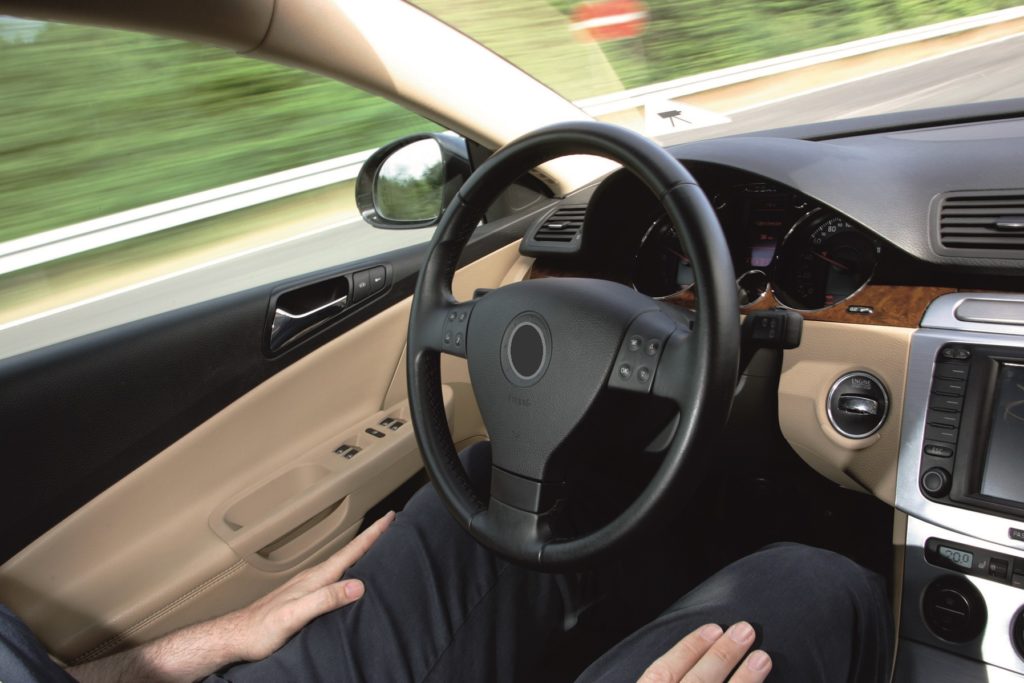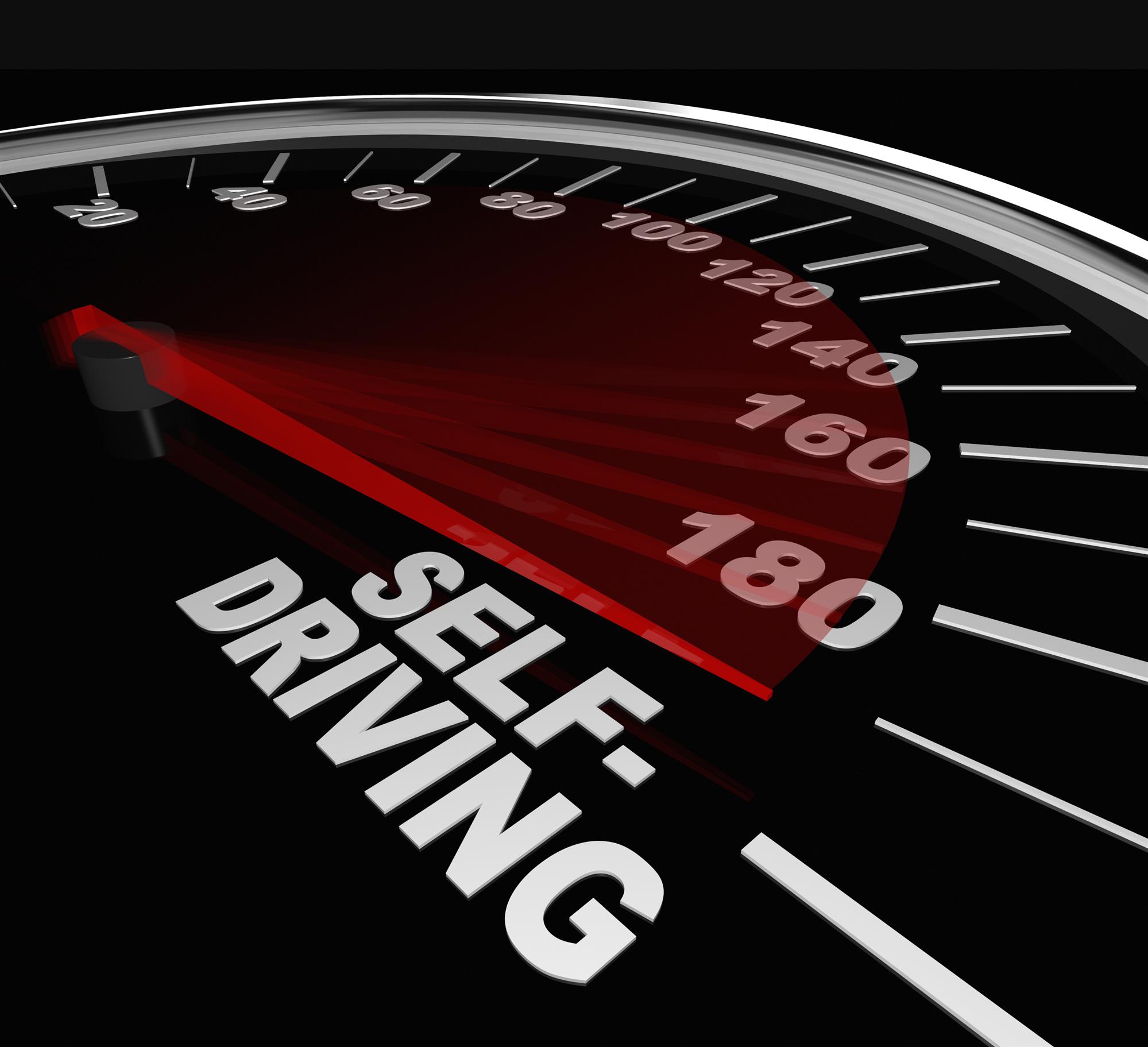How Self-Driving Vehicles Could Revolutionize CA Traffic Laws
 Self-driving vehicles are coming, in the near future, to our surface streets and highways. Uber’s recent tests of automated cars in California are just one indication that there are going to be sweeping changes made to the way we get from one place to another.
Self-driving vehicles are coming, in the near future, to our surface streets and highways. Uber’s recent tests of automated cars in California are just one indication that there are going to be sweeping changes made to the way we get from one place to another.
However, before we see self-driving vehicles on the road, there are still a number of unanswered questions about their practicality under existing driving laws, as well as what their introduction will mean for auto insurance rates in California. How will drivers need to adjust in order to accommodate driverless vehicles, and how might the laws change to ensure the roads remain safe for all?
New Regulations Affecting Self-Driving Vehicle Innovation
According to the Los Angeles Times, the California Department of Motor Vehicles (DMV) is already hard at work establishing rules and regulations governing how companies can apply for permits to develop and test self-driving vehicles in the state. Up until now, these cars required that a human sat behind the wheel as an emergency operator in case the vehicle’s technology failed and it needed to be stopped.
As they move forward, organizations are getting a clearer picture of how they can connect their vehicles to a network in order to maintain high standards of safety.
The state of California has proposed new regulations for the testing and deployment of self-driving vehicles, which could go into effect in 2017. In addition to updating the application process for testing permits to make it clearer for companies, the state also wants to lay out the circumstances in which a company could have its testing permit revoked in order to eliminate any uncertainties or miscommunication.
California also wants to set a financial threshold for companies that want to test self-driving vehicles; mostly as a form of insurance that the company has the resources needed to develop and deploy safe cars when testing is complete.
Potential Changes to Traffic Laws in California
 So what does this all mean for drivers? While the idea of having self-driving cars on the road is exciting, there is still much to be worked out logistically. This includes reshaping our behaviors when on the road to take into account the strengths and weaknesses of the technology around us.
So what does this all mean for drivers? While the idea of having self-driving cars on the road is exciting, there is still much to be worked out logistically. This includes reshaping our behaviors when on the road to take into account the strengths and weaknesses of the technology around us.
For example, how will autonomous cars react when approaching slowing, stopped, or stalled cars ahead of them? Will they be able to anticipate pedestrians crossing the street without being in a designated crosswalk? Will they know to slow by schools and obey hand signals from crossing guards?
In order to prepare for situations of this nature and more, it makes sense to change our existing infrastructure to allow for wireless communication between self-driving cars and the world around them. Traffic laws are likely to change also, for instance, mandating slower and stricter speed limits.
We may also see more clearly defined rules regarding turn signal usage, as well as when and how to best merge into neighboring lanes of traffic. Self-driving cars are designed to obey all traffic laws, while many human drivers bend the rules from time to time. As technology develops and autonomous cars take to the streets, there could be a significant impact on existing driving laws.
Find out how you can get a great rate on your California auto insurance by calling a Breathe Easy Insurance agent today at 866.822.7755.
Source
